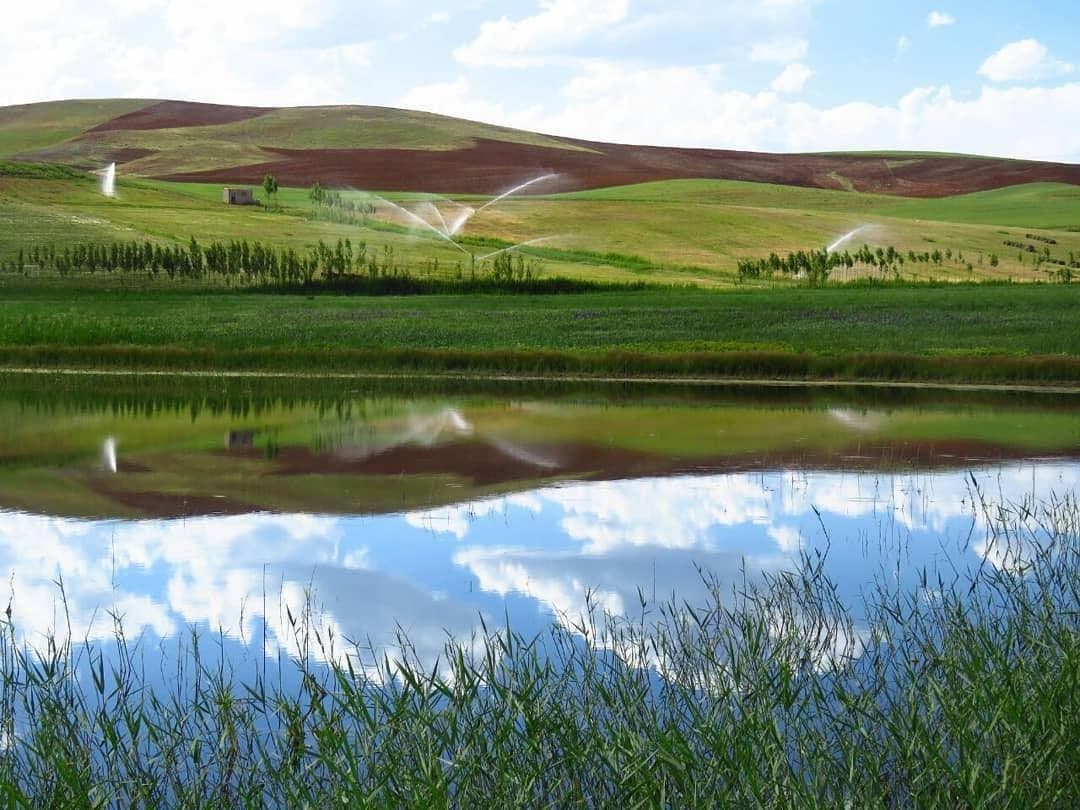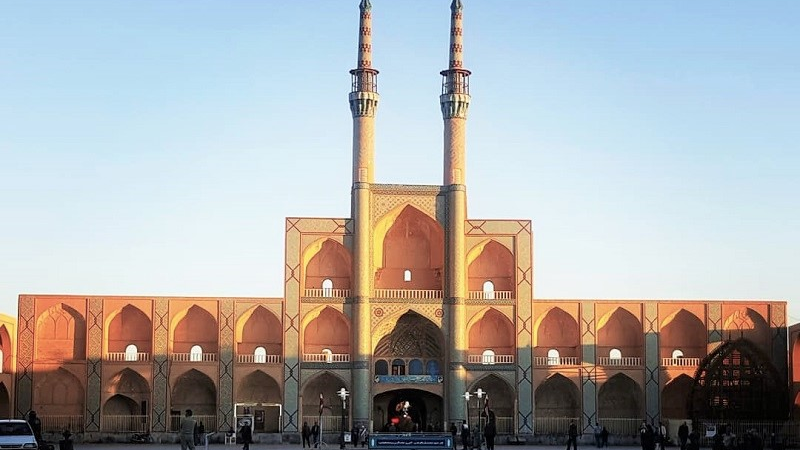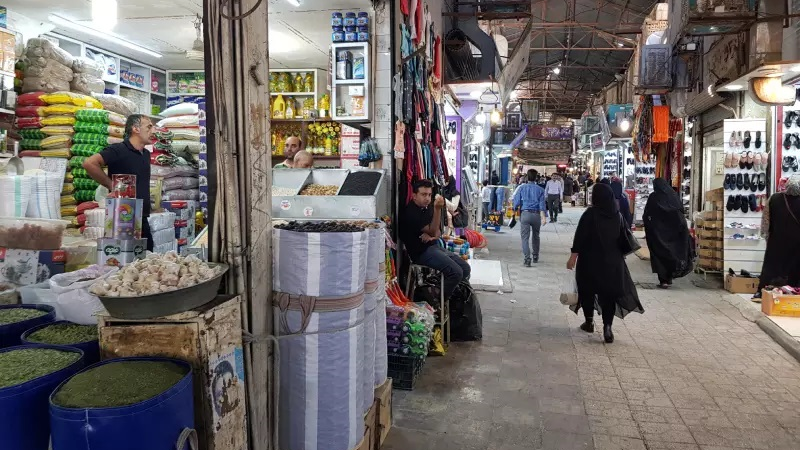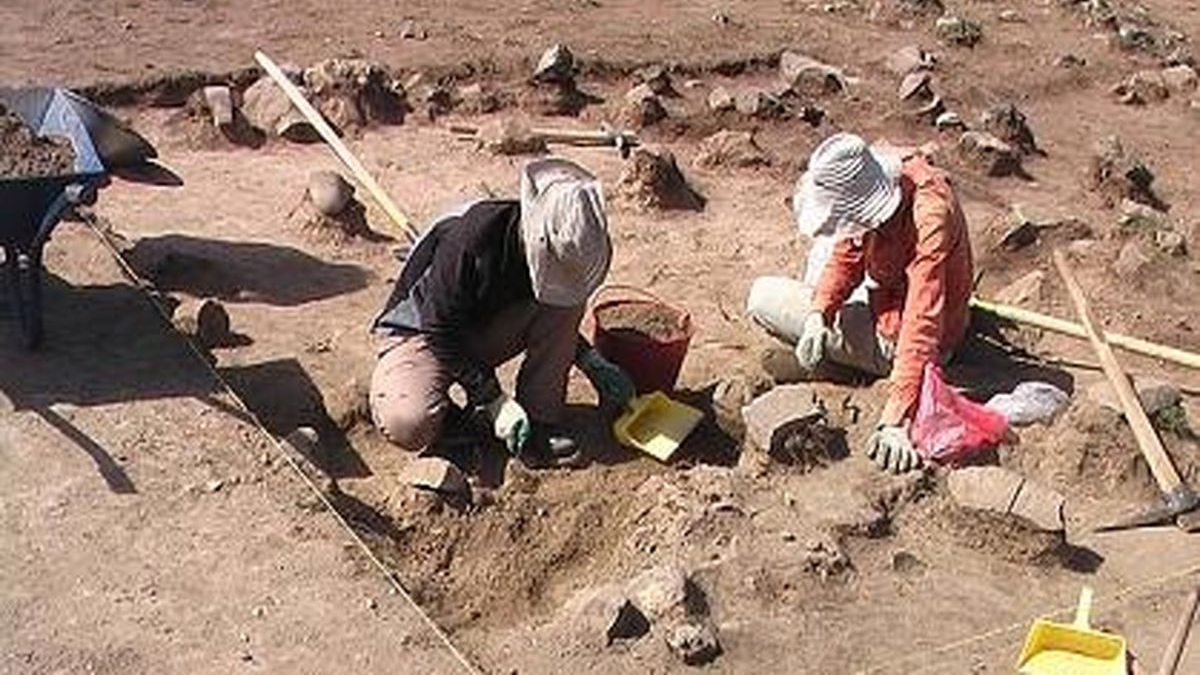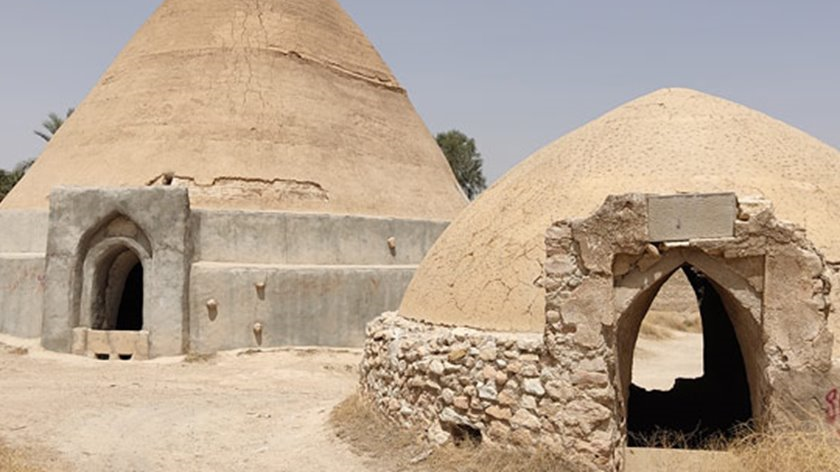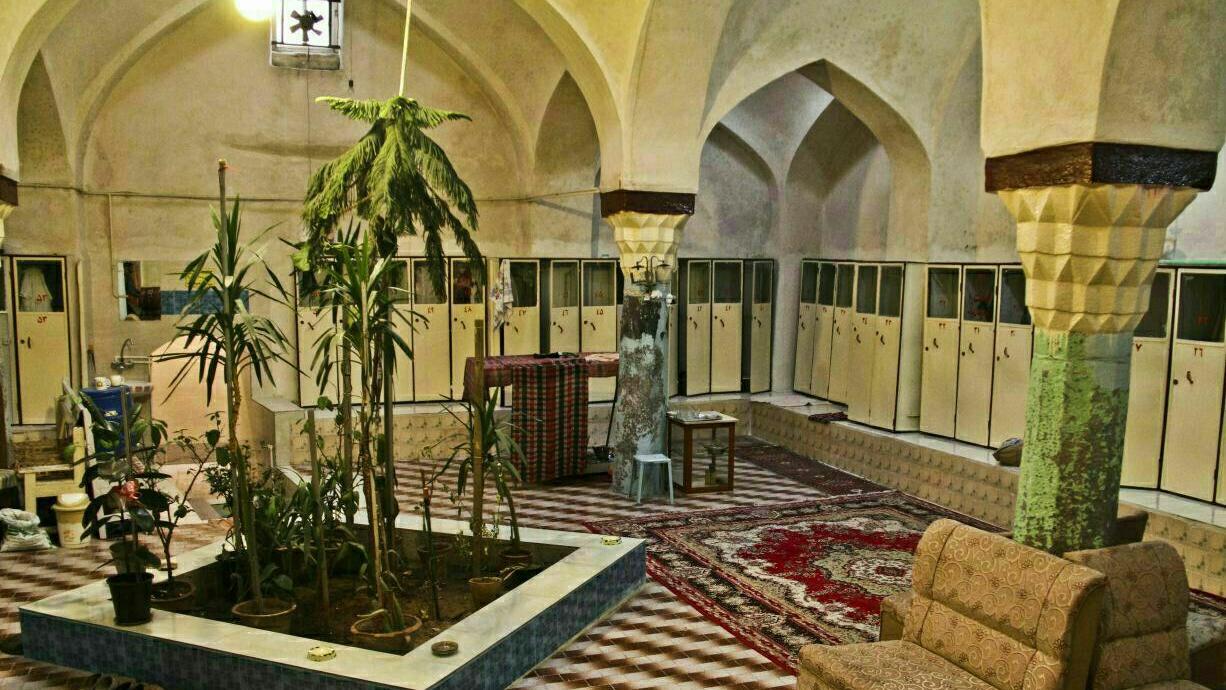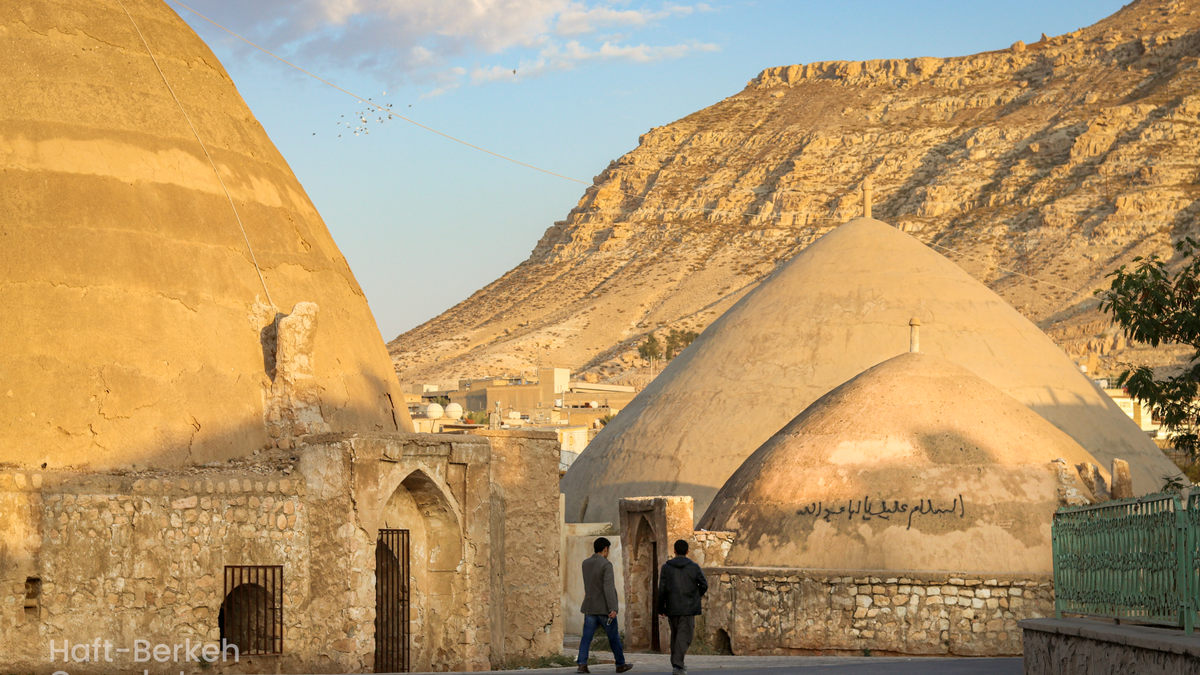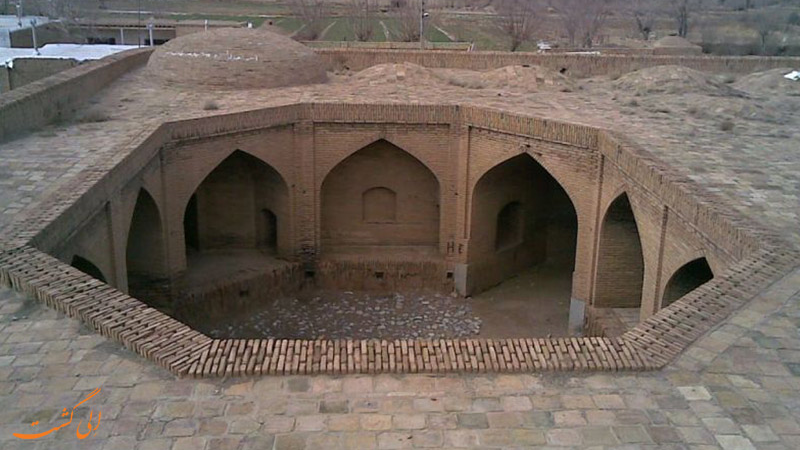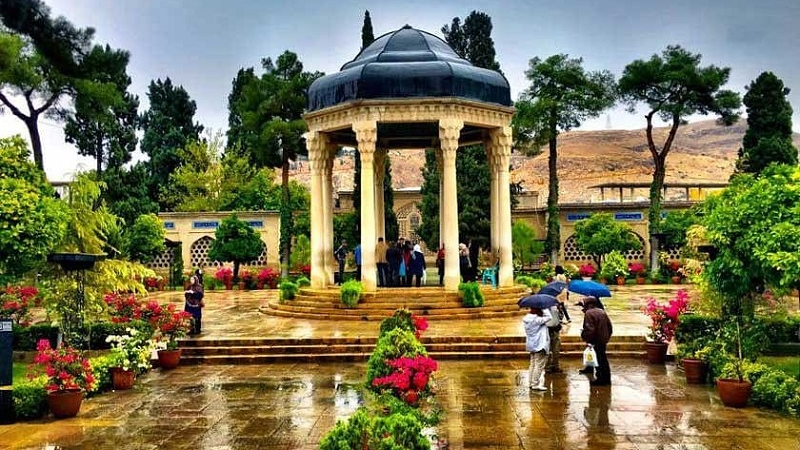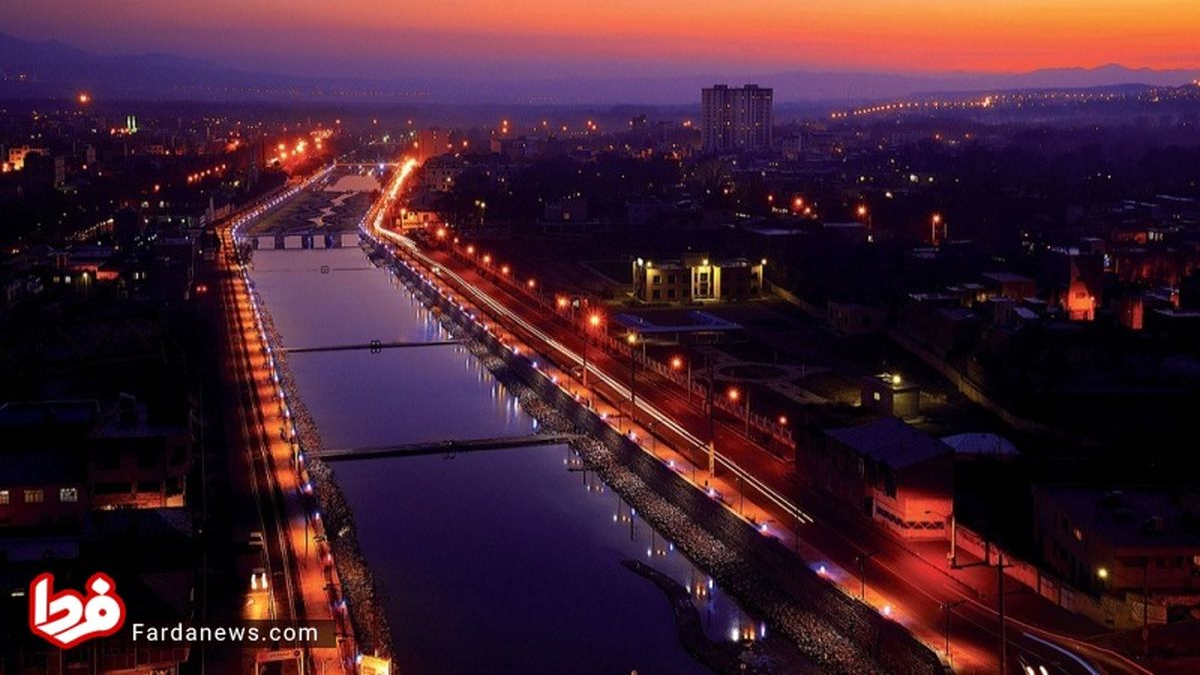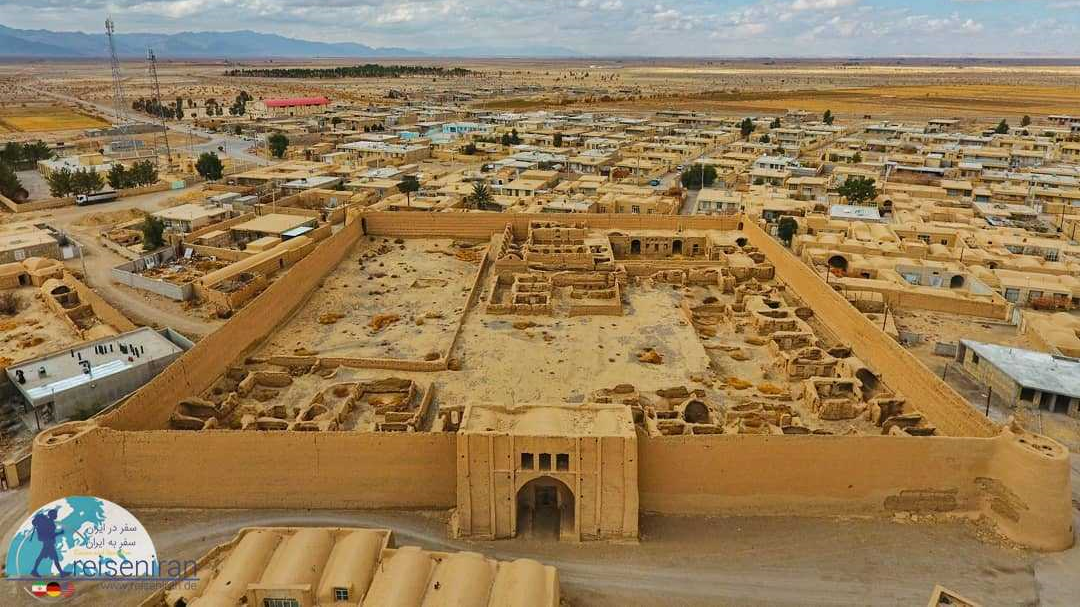
Ivan-e Qadamgah of Arsanjan
Arsanjan is a county in Fars Province of Iran, which houses many ancient and historical monuments. Ivan-e Qadamgah, which looks like the tomb of the Achaemenid kings, is one of the most mysterious and remarkable sites in this county and the purpose of its construction and usage is still a matter of dispute among archeological experts.
History of Arsanjan
Arsanjan County is undoubtedly several thousand years old, but no exact date for the foundation of this region, which houses the remains of certain sites related to the Achaemenid era (550 to 330 BC). Ivan-e Qadamgah of Arsanjan is one of these sites, which is located about 40 km south of Persepolis. There is a cemetery about one hundred meters west of this site where graves from the pre-Islamic period up to the Qajar era (19th century) can be seen.
Architecture and Features of Ivan-e Qadamgah
This rock-cut monument consists of three platforms with rear walls and staircases and features cavities on the back wall and a now-dry spring and pond at the bottom. Two stone porches connected by two stairs can be seen in this building. The two terraces, three staircases, several ledges on the rear walls, and the cavities around the building are the most important architectural elements of Ivan-e Qadamgah.
What was the Purpose of Ivan-e Qadamgah?
There are various theories about the purpose of this site and a single opinion has not been accepted by experts yet. However, some documents show that special rituals were performed in this place on certain days of the year (most likely during Nowruz). Although there are many similarities between this site and the tombs left from the Achaemenid era, it is evident that the purpose of building this site was not to turn it into a tomb. One of the reasons for this claim is the absence of petroglyphs, the likes of which can be seen in the tombs of Achaemenid kings in areas such as Naqsh-e Rostam.
Some archeological experts believe that Ivan-e Qadamgah was a family tomb built towards the end of the Achaemenid period and most likely during the reign of Ardeshir II (404 to 358 BC), to honor one of the Elamite treasurers. According to them, the cuts and carvings used prove that the construction of the monument had been completed and the theory it was abandoned incomplete is incorrect.
There is also a theory that Ivan-e Aadamgah was an astodan; the place where the followers of Zoroastrianism used to transfer and keep the bones of their dead. They believed that burying the dead body in the soil would cause pollution to water and soil, so after death, they would move the dead body to a place called Dakhma (also known as Tower of Silence), which was located in the heights. Dakhma was designed in such a way that birds could enter it and feed on the flesh of the dead and the remaining bones were then transferred to the astodan. Religious writings and the names of the people whose bones are kept in that place can also be seen in the remains of the old astodans.
The latest theory, which is supported by research conducted in 2014, rejects the idea of this place being an astodan and suggests its connection with water rituals. Water, as one of the four elements that make up nature, was sacred to the ancient Iranians, and, therefore, certain rituals were performed to honor water and its goddess (Anahita). In recent research, experts have come to the conclusion that most probably there were stone slabs on the five cavities of the rear wall, which may have been decorative inscriptions.
Where Is Ivan-e Aadamgah Located?
This site is located about 35 km from the city of Arsanjan, 40 km to the south of Persepolis, and in the north of a village called “Chasht Khor” at the foothill of Mount Rahmat. To access this ancient site, one must use the Kharameh-Karbal-Arsanjan road.
Ivan-e Aadamgah of Arsanjan was inscribed on the list of Iran’s national heritage in 1975.
| Name | Ivan-e Qadamgah of Arsanjan |
| Country | Iran |
| State | Fars |
| City | Arsenjan |
| Type | Historical |
| Registration | National |
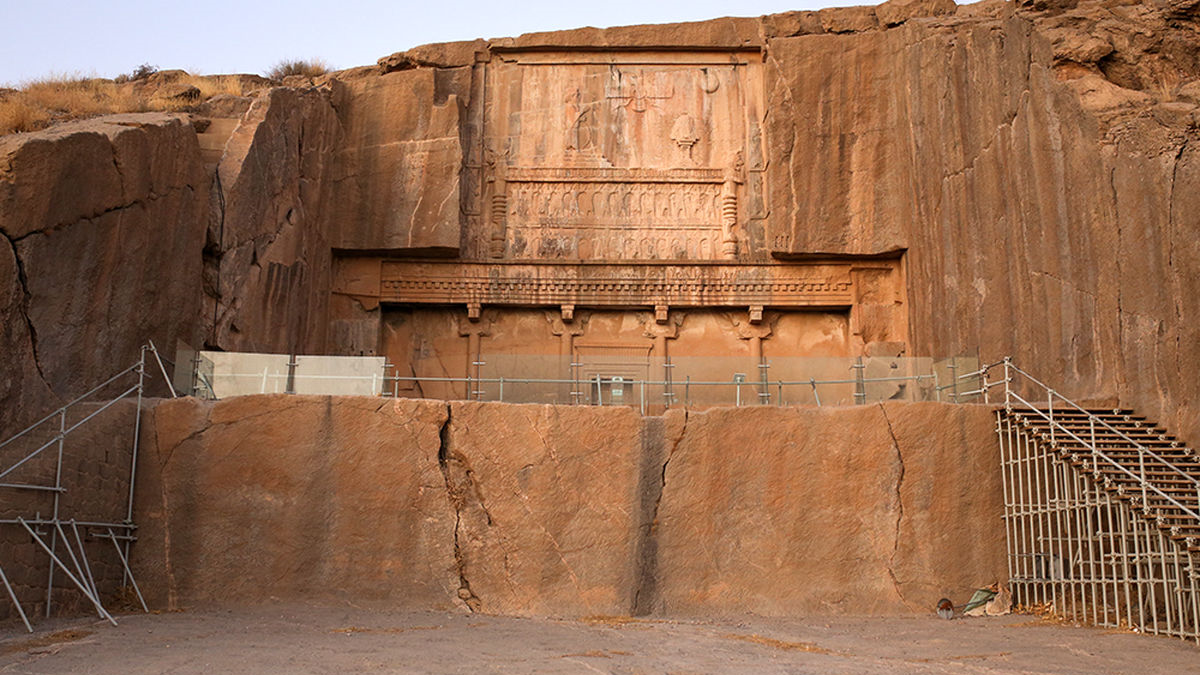
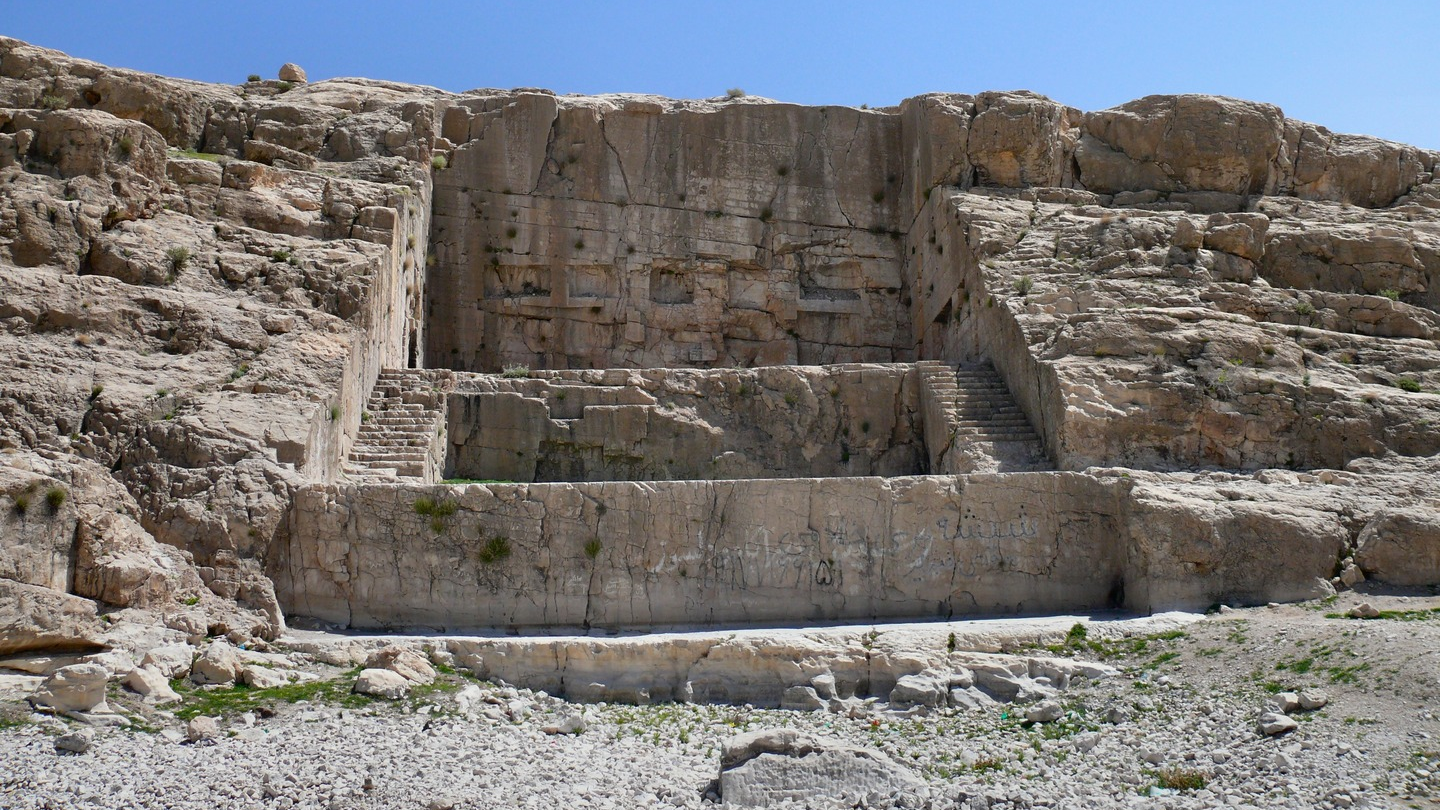


Choose blindless
Red blindless Green blindless Blue blindless Red hard to see Green hard to see Blue hard to see Monochrome Special MonochromeFont size change:
Change word spacing:
Change line height:
Change mouse type:

